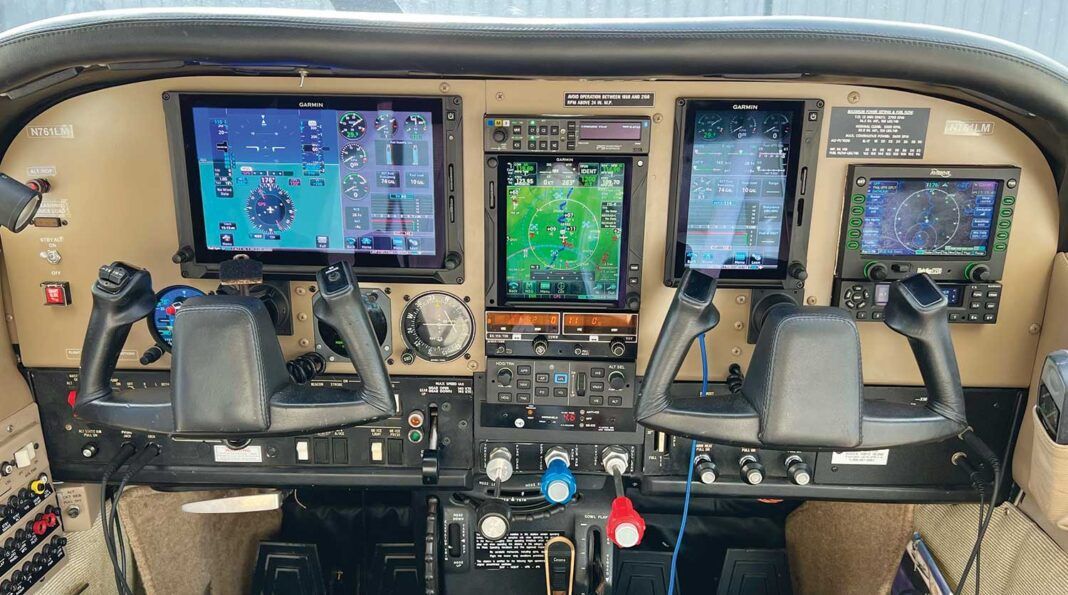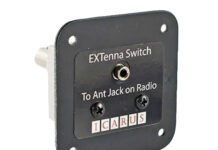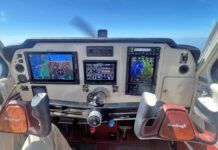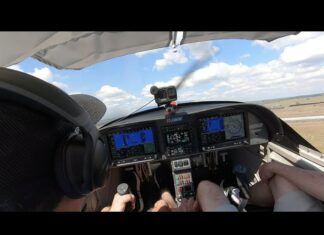This month’s panel for planning is in a 1978 Cessna T210M. Its owner, Scott Dyer, has been making sizable incremental improvements to the airplane over 20 years of ownership, essentially putting it at the top of the model food chain. Dyer is anticipating that meticulous engine upkeep, a TKS anti-icing system, custom interior and paint and now a flagship Garmin avionics package will some day make the airplane an attractive top-dollar buy for the next owner. But until then, Dyer—an ATP and active flight instructor—plans to make good use of the near $90,000 investment with extensive, all-weather traveling, flying behind a suite that tames some of the IFR workload.
By any standard, the avionics in this round-gauge-equipped T210 were already capable and included a Garmin GTN 750 navigator (which replaced a GNS 530W a few years ago), S-TEC 55X autopilot, Garmin ADS-B transponder, JPI engine monitor and a PS Engineering PMA450B audio panel. Dyer, who was most comfortable with the Garmin operating logic (he instructs in a wide variety of glass-equipped aircraft, including Garmin G1000 models), initially chose the G3X Touch big-screen system, but the shop concluded that the system’s 10.6-inch landscape display wouldn’t fit the Centurion’s panel without modifying the structure and obtaining FAA engineering approval. But Garmin’s 10.6-inch G500 TXi’s chassis did, although it (and the 7-inch TXi EIS engine display that sits to the right of radio stack) still required the fabrication of a new instrument panel.
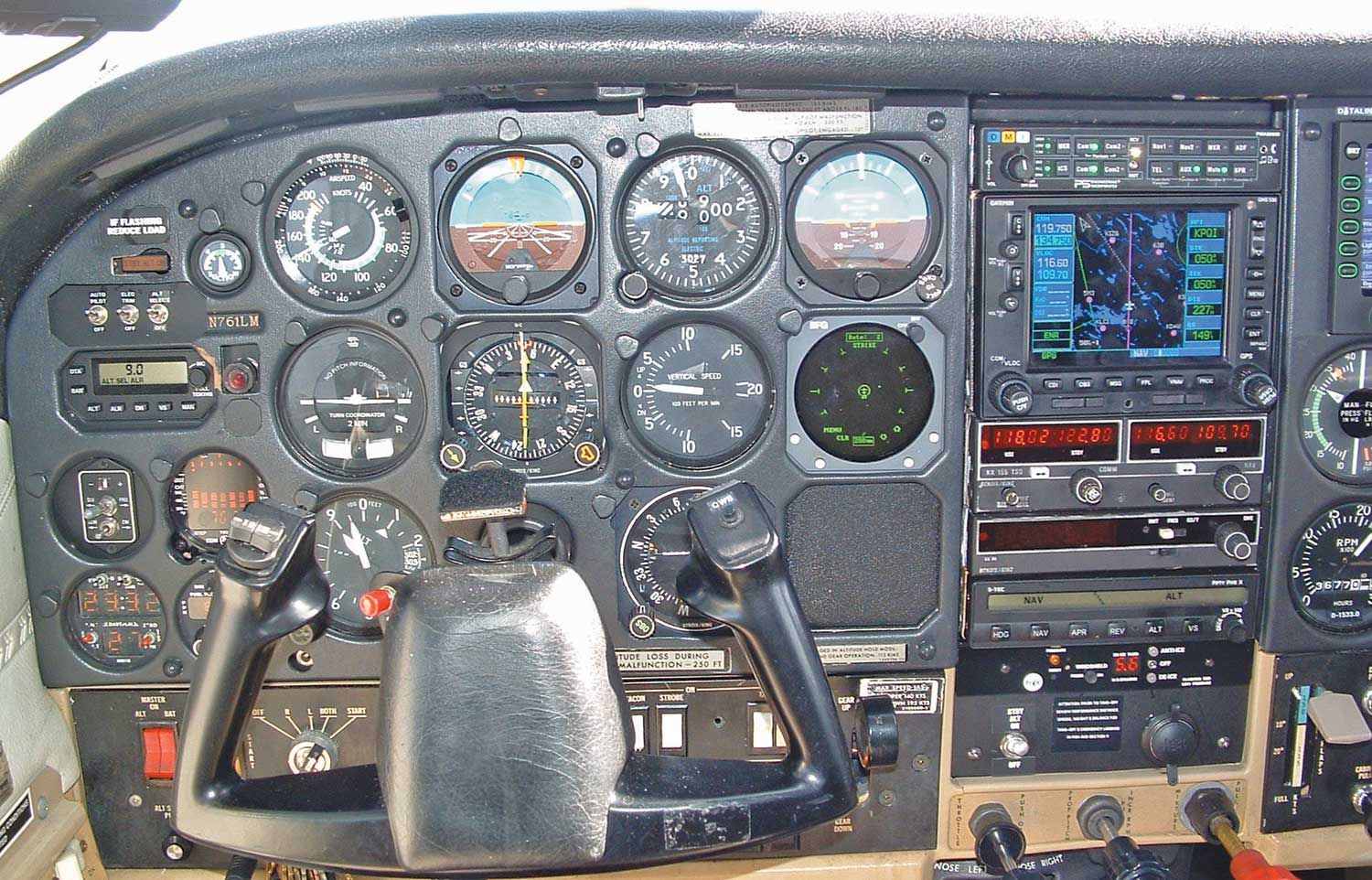
A Garmin GI 275 electronic flight instrument backs up the G500 TXi (a 3-inch instrument that might have been better mounted higher up on the pilot’s panel rather than down low) and a Garmin GFC 500 autopilot was installed to replace the rate-based
S-TEC 55X. The control head is mounted at the bottom of the radio stack, above the TKS controller.
The current-production PS Engineering PMA450B audio panel was a definite keeper and remains at the top of the stack. It serves as a well-equipped cabin Bluetooth entertainment and crew alerting audio hub, interfacing with the existing HeadsUp XMD76A SXM radio receiver.
The existing Garmin GTN 750 navigator was upgraded to the current GTN 750Xi version, a worthy $1400 upgrade that increases processor speed and supports Garmin’s Smart Glide engine-out utility, plus it adds fuel endurance range rings on the map.
One option would have been to remove the King KX155 navcomm with KI209 indicator and install Garmin’s VHF radio, but Dyer saved north of $5000 by keeping it. After spending money on recent repairs, it was an easy decision. Plus, the KX155, equipped with glideslope, adds belt-and-suspender ground-based nav backup should the GPS signal go down on the GTN.
He also could have shotgunned the existing Bendix ship’s weather radar that’s installed in the radome that hangs off the right wing. While the RDR160 overlays on an Avidyne EX500 MFD, he could have removed both and installed Garmin’s GWX 75 radar for display on the G500 TXi, but that would have cost $24,000, plus labor.
The panel also had a WX950 Stormscope, which he also kept. Utilitarian, it won’t interface at all with the Garmin suite—not even for heading stabilization when the aircraft makes turns—but it’s a good sferics device and it complements the ship’s weather radar for real-time storm avoidance. The EX500 also overlays SXM satellite weather via the XMD76A receiver. This MFD was moved to the far right of the panel, along with the existing transponder.
One choice was to keep the existing S-TEC 55X servos and drop in a Genesys S-TEC 3100 digital autopilot, but Dyer decided on the GFC 500 for its Garmin integration and new servos. He saved money by not installing the optional yaw damper.
To cut costs when it made sense, it was worth retaining some of the existing avionics that work just fine. See more on the upgrade, including the planning process, in the Panel Planner 101 Live video below.

